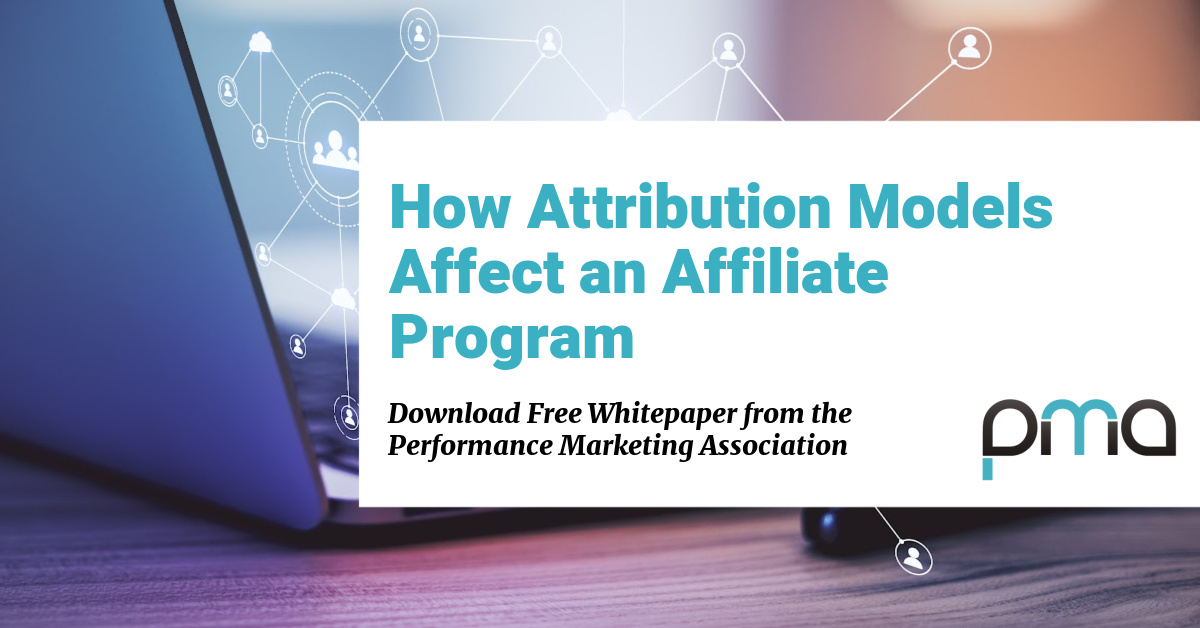Each year brings new opportunities and threats to the affiliate space. In the last 12 months, we’ve seen a real push by retailers for multi-touch attribution models that will afford them more insight into the omni-channel journey of their customers and will allow them to more efficiently allocate resources (read budget) amongst all their channels. The affiliate marketing channel included.

Last month, our VP of Global Performance Marketing was attending the Linkshare event in the UK when this concept was brought up. To say the affiliates in attendance were upset may be an understatement. Their reactions were a catalyst for a detailed discussion internally about how the affiliates feel and what they should do about, and for this blog post.
Should affiliates be “up in arms” and scared about the coming mulit-touch attribution models? Concern is definitely warranted and in this blog post I’ll outline some reasons why affiliates should be on high alert. In the second post of this series, I’ll outline why affiliates shouldn’t riot in the streets and how/why they can be much more involved in these initiatives. So affiliates, I’m going to scare ya, then talk you off the ledge with some great ideas. So bare with me through both of these articles.









